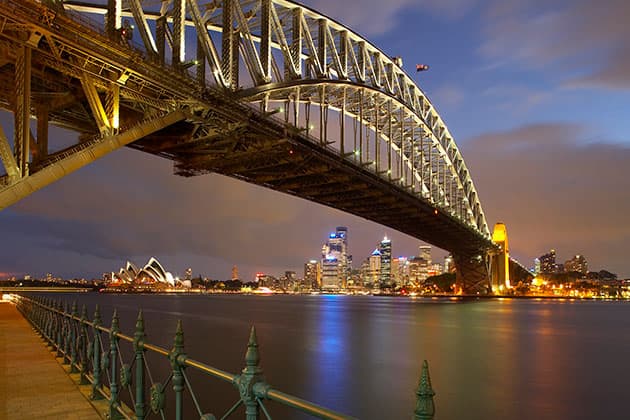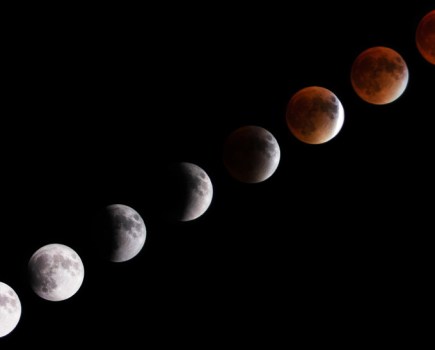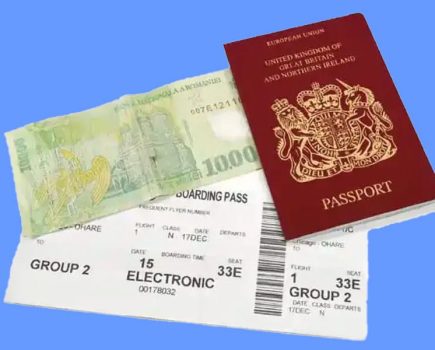There was a time in my career when I seemed to spend inordinate amounts of time hanging around on breezy bridges or embankments, busting for a pee while waiting for dusk to become dark enough for the city lights to come on.
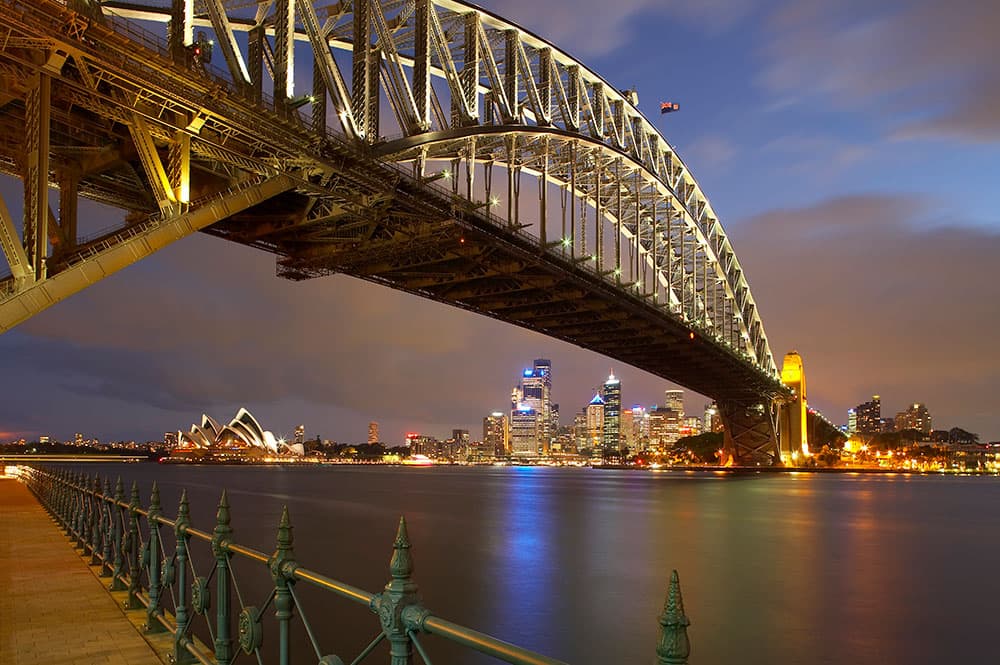
The Sydney skyline at night. Canon EOS-1Ds Mark II, TS-E 24mm, 30secs at f/10, ISO 100
Many cities, in fact most, look their best at night. Darkness hides clutter and imperfections whilst artificial illumination highlights the best bits, such as castles, cathedrals and bridges. So in this quest to investigate the nature of the light in all its forms, which is the fundamental building block of our art, let’s analyse and deconstruct the challenges, pitfalls, frustrations and rewards of shooting city lights.
Successful city night photography is all about preparation. As ever, finding the location is the most difficult part, and you will need to scout out potential shoots thinking through how they’ll look illuminated at night. A tricky thing to do, because until we see it for real it’s pretty much impossible to envisage. Spending a night wandering the city looking at the floodlighting on key buildings and features is the best preparation; there is simply no substitute for ‘eyeballing’ a scene.
City lights – Timing is everything
You’ve planned the shoot, discerned how the scene will be lit, scouted for obstructions and are now beside the tripod waiting for the lights to come on. That’s the way to do it, as city lights photography is all about timing. You may think you have all night but in reality the decisive moment will only last minutes. The prime time is when the artificial illuminations match the twilight sky after sunset. That balance is the key, and endlessly variable. Much of it depends on how bright the city lights are: the brighter they are the earlier we can shoot. Sometimes I like the sky to be a deep blue with the artificial lights appearing bright and dominant. Other times I like to shoot earlier with a brighter sky retaining the last mauves of sunset, and with the unobtrusively discernible city lights below.

The skyline from the Esplanade showing Marina Bay and the Central Business District, Singapore. Canon EOS 5D Mark III, 24-70mm, 4secs at f/4, ISO 100
Adjusting white balance for night shoots is again a matter of taste. The blue residual ambient light will have a sky-high colour temperature, whilst the street lighting and illuminations could be anything – fluorescent, tungsten or a gelled garish pink. Trying to achieve a neutral white balance in such situations is virtually impossible and pretty pointless. The whole attraction of city nightscapes is usually based around showing the multitude of colours painting the scene. I leave the camera on daylight, as usual, and that’s that. I rarely tweak the colour balance in Lightroom. But then again we shouldn’t ignore the power of black & white. A nightscape of Paris rendered in black & white can be achingly evocative.
So far I’ve only mentioned shooting at dusk. Of course there’s nothing to say that the same balance between ambient and artificial light can’t be achieved at dawn. In practice though it doesn’t often work; floodlights are usually turned off in the early hours. That business of not knowing when and if the lights are going to come on has often caught me out. Many a time I’ve waited and waited as the sky turns from pink to blue to inky black, before abandoning the shoot as it’s then too late. Inevitably as I trudge away exasperatedly the lights then come on, just to taunt me. It’s all part of the game, so often frustrating, occasionally rewarding.
A belief that city-light photography must be done when there’s still some tone left in the twilight sky is a rule just waiting to be broken. I think it holds true if there’s a great deal of sky in the frame, but for bustling streets shooting through the night is certainly an option. There is all sorts of potential: from night markets to nightlife. And, for more options, think about shooting in the city at night without a tripod, or flash.
The high-ISO capabilities of recent cameras open up a whole new world of nocturnal photographic opportunities on the streets of Paris, Saigon or London. Technological advances also present any number of possibilities, which stimulate inspiration. Misty landscapes at dawn take some beating, but occasionally the bright city lights beckon. I’ll see you there – dodging the tripod gendarmes together.
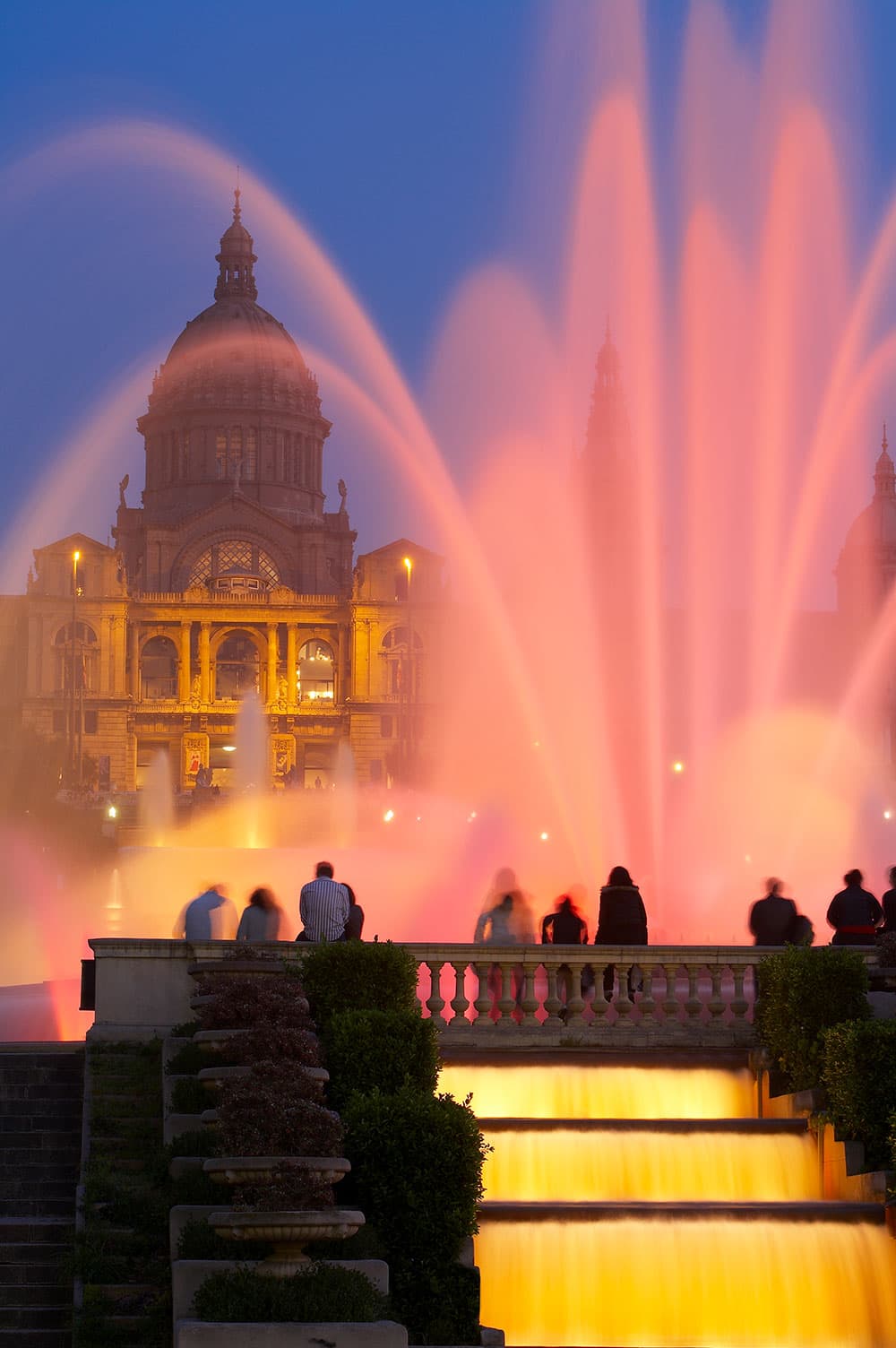
The Magic Fountain and National Palace at night, Montjuic, Barcelona, Spain. Canon EOS-1Ds Mark II, 70-200mm, 5 secs at f/14, ISO 100

